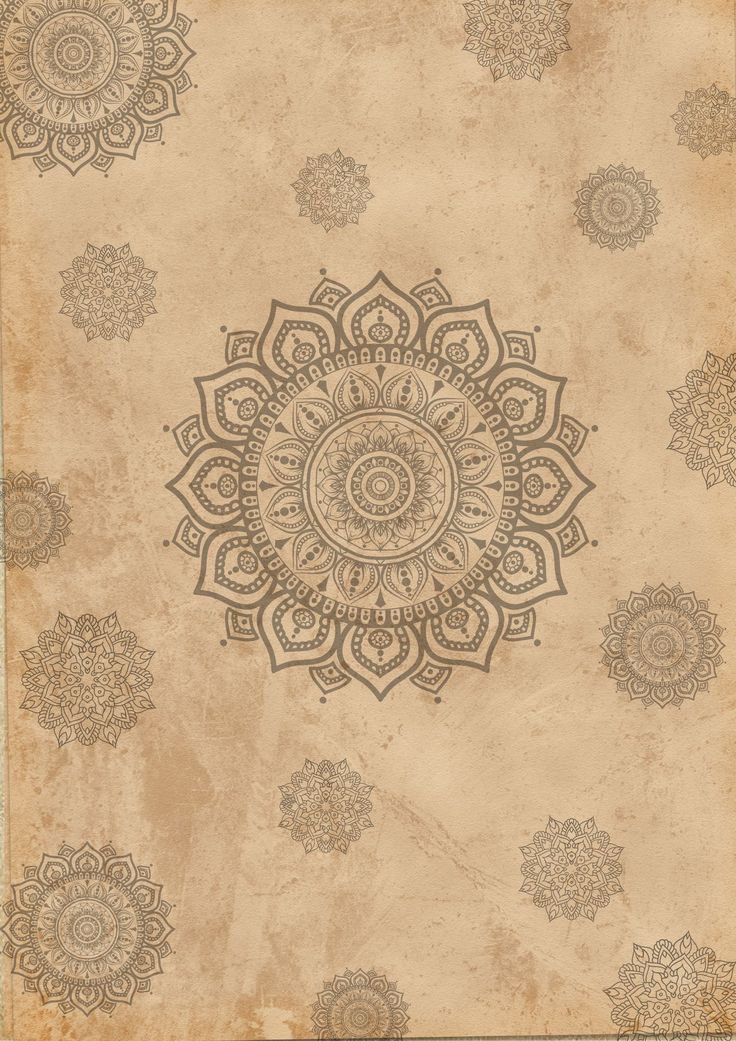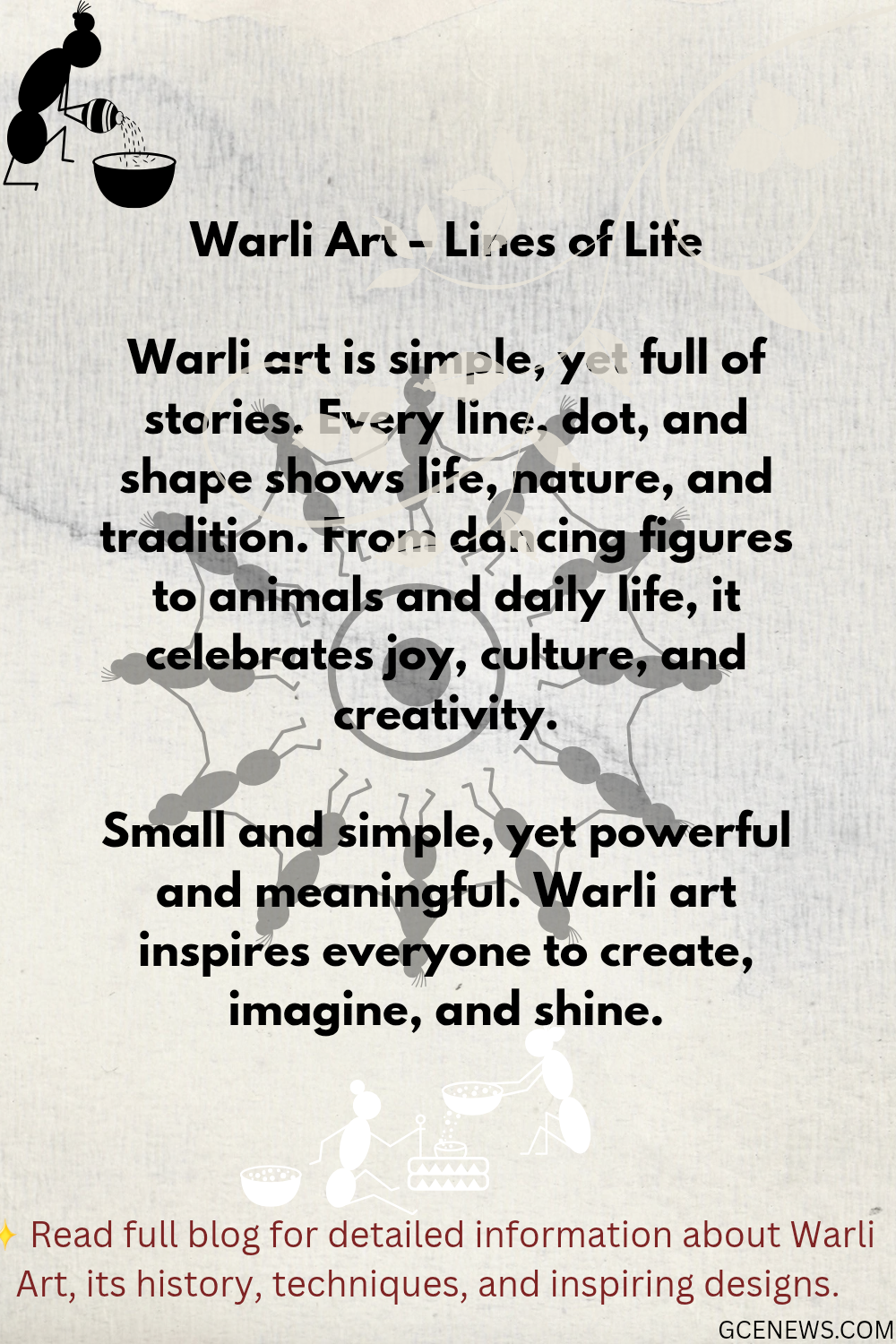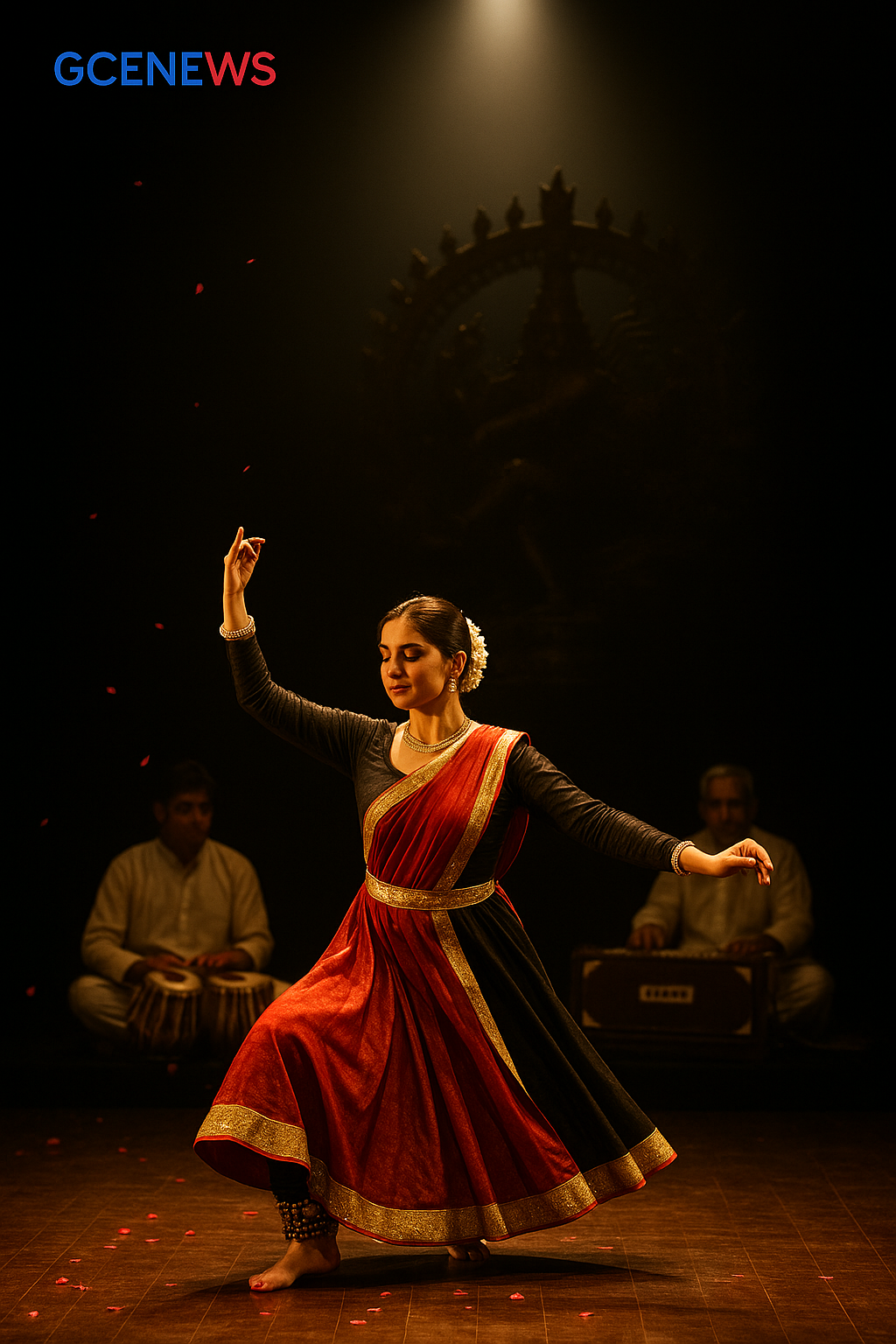Day 2 of mandana art series

🪷 Day 2: Top 5 Regional Styles of Mandana Art in Rajasthan
Welcome back, dear readers! 👋
As we continue our journey into India’s timeless folk art, today on Day 2, we’re diving deeper into the regional beauty of Mandana Art — the pride of Rajasthan.
Yesterday, we explored what Mandana is, its history, purpose, and how it represents both devotion and design. If you missed it, you can check out Day 1 [insert link if needed].
🎯 Today, we’ll explore how different regions of Rajasthan have developed their own unique styles of Mandana — with distinct patterns, cultural symbolism, and storytelling.
💬 And yes! Just like yesterday, stay with us till the end for an emotional real-life story of courage and hope.
If you’d like to share your own life story, feel free to drop it in the comments or send it via our social media platforms. Your voice matters. 💌
📍 1. Tonk Mandana Style – Simplicity with Spiritual Symbols
The Tonk district is known for Mandana patterns that are simple yet deeply spiritual. Here, designs often include:
- Swastik symbols
- Kalash (sacred pot)
- Footprints of Goddess Lakshmi
- Sun and diya motifs
These are mainly drawn during Diwali, Govardhan Puja, and marriage ceremonies.
✨ Unique Feature: Minimalistic design using straight lines and symmetry, mostly drawn with fingers.
📍 2. Kota-Bundi Style – Floral & Animal Motifs
In the Kota-Bundi belt, Mandana takes a more elaborate form. Women draw beautiful:
- Peacocks
- Elephants
- Flowers
- Curved vines and lotuses
These designs often symbolize joy, love, and blessings, and are drawn on walls and doorways.
🎉 Occasions: Gangaur, Teej, and weddings
🎨 Style: Artistic curves and round mandalas filled with delicate detailing
📍 3. Shekhawati Style – Geometric and Decorative
In regions like Jhunjhunu, Sikar, and Churu, Mandana becomes more architectural and ornamental.
These artworks include:
- Checkerboard patterns
- Zig-zag borders
- Symmetrical mandalas
- Diamond and triangle-based grids
They are used not only in homes but also in temple decorations and local fairs.
📐 Special Feature: Heavy use of geometry and symmetry, showing advanced artistic skills.
📍 4. Bhilwara Style – Tribal Touch with Bold Lines
This region has a unique tribal influence in its Mandana art. Patterns include:
- Nature symbols like birds, animals, and trees
- Human figures performing daily activities or dancing
- Sacred circles and dots
These designs often tell a story of life and nature, passed down orally by tribal elders.
🖌️ Technique: Drawn with neem twigs or fingertips, using thick strokes.
📍 5. Sawaimadhopur Style – Devotional Art with Deity Symbols
Near Ranathambore, women paint Mandana as a form of worship and protection. Common elements include:
- Temples
- Deity symbols (like trishul, damru, and eyes of Shiva)
- Snake and sun motifs
- Abstract goddess forms
These Mandanas are often created during Navratri, Shivratri, and local jatra festivals.
🙏 Spiritual Meaning: To invite divine blessings and protect the family from negativity.
💖 Real-Life Reflection: Rekha’s Story – A Sister’s Strength
Rekha was only 16 years old when a tragic accident took away both her parents. Left with two younger siblings and no financial or emotional support from extended family, Rekha became the only pillar of the household.
She was the eldest — still a teenager herself — but with a heart full of courage. Instead of giving up, she made a silent promise to her late parents:
“I will protect them, raise them, and give them the life you dreamed of.”
Rekha left her own education midway and started working in others’ homes — doing small jobs like washing clothes, cleaning floors, and preparing food — anything that brought a little income. All the while, she kept her siblings in school, cooked for them, and became both mother and father.
But what truly kept her soul alive was cooking.
At night, after her work was done, Rekha would cook traditional recipes her mother once taught her — like dal baati and churma — and feel closer to the love she lost.
Years later, Rekha started preparing Rajasthani meals and tiffins from her small kitchen — and slowly began delivering them to working women and students.
Today, she has her own small cooking business, and her younger brother and sister are both in college.
Her words remind us:
“When no one supports you, your strength becomes your family. And sometimes, your pain becomes your purpose.”
💬 Share Your Story!
Inspired by Rekha? Do you have a similar story of healing, creativity, or strength?
📩 Share it with us in the comments or DM us on Instagram/Facebook!
Your story might be the light someone else needs. 💫
📝 Final Words
Mandana art is not just a cultural treasure — it’s a regional soul print. Whether it's Tonk’s spirituality or Kota’s beauty, every district paints a part of Rajasthan’s identity.
Until tomorrow, stay creative and stay connected.
– Your writer and well-wisher




